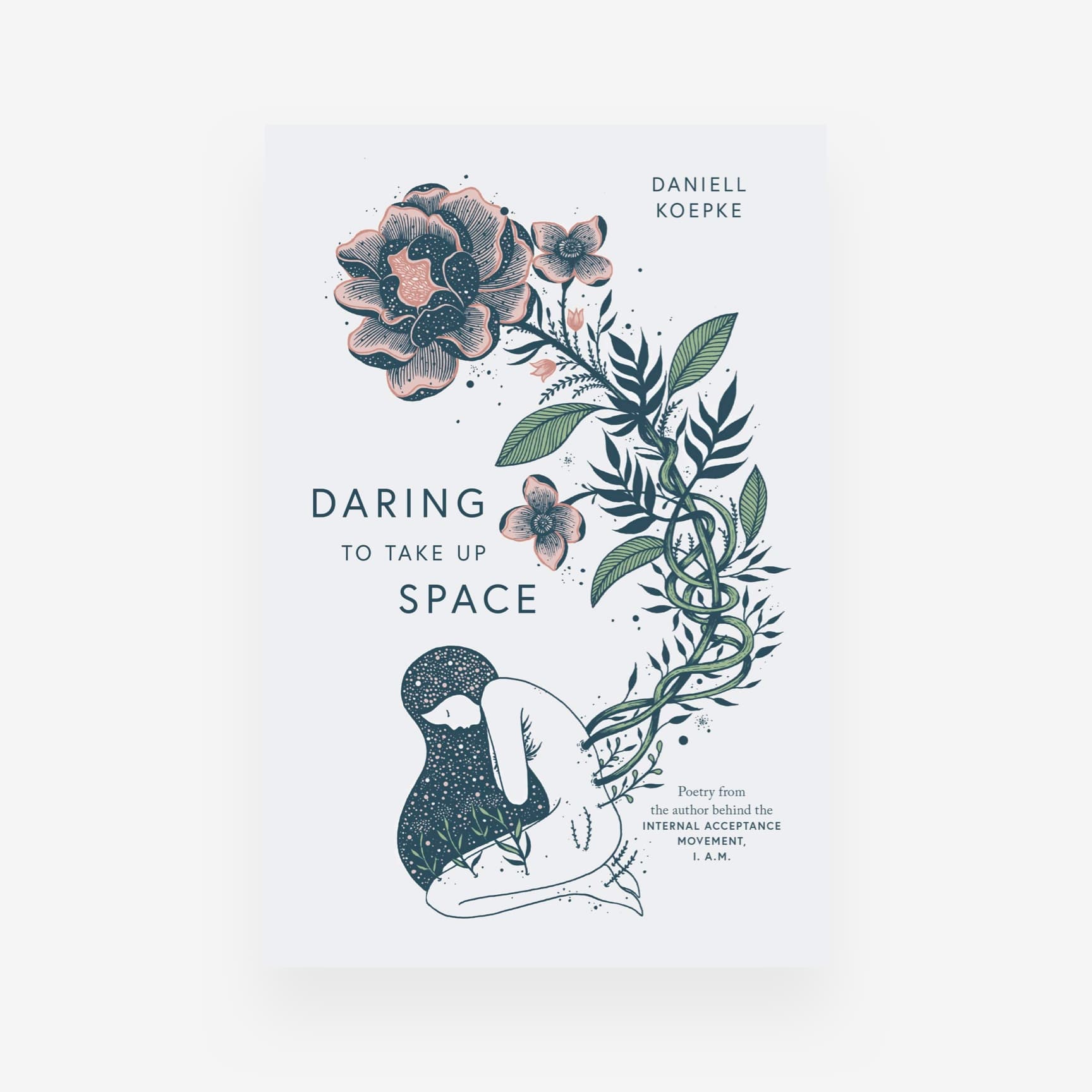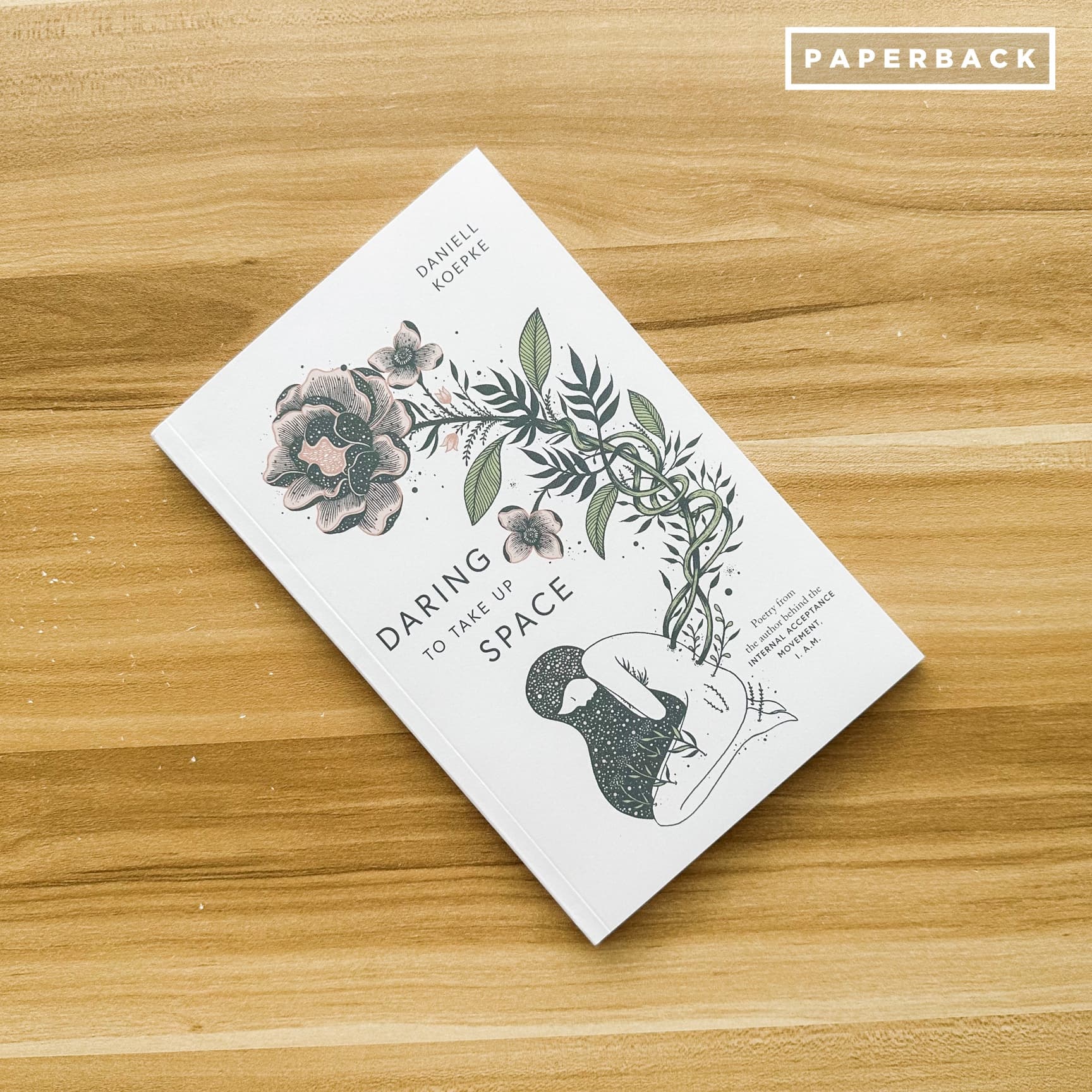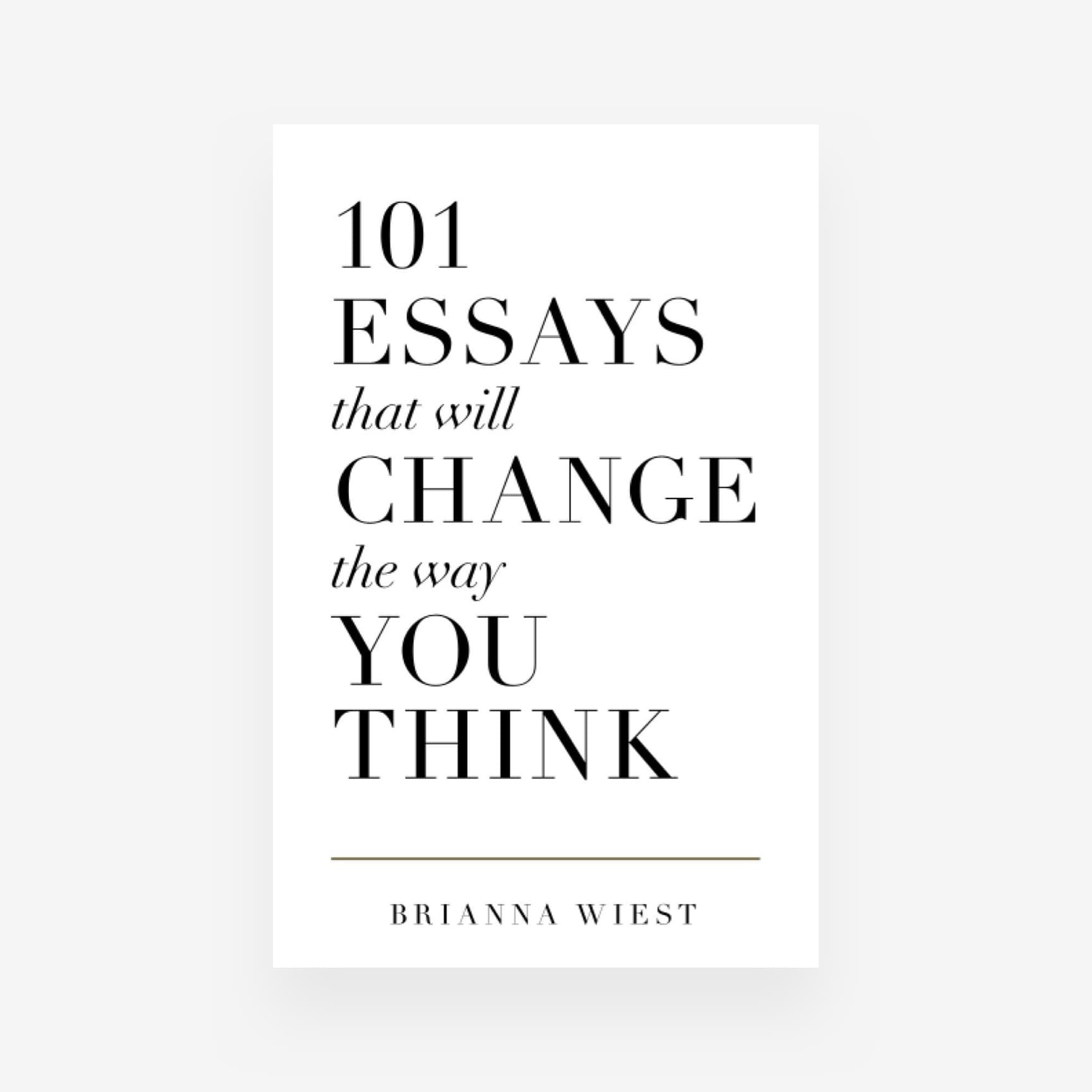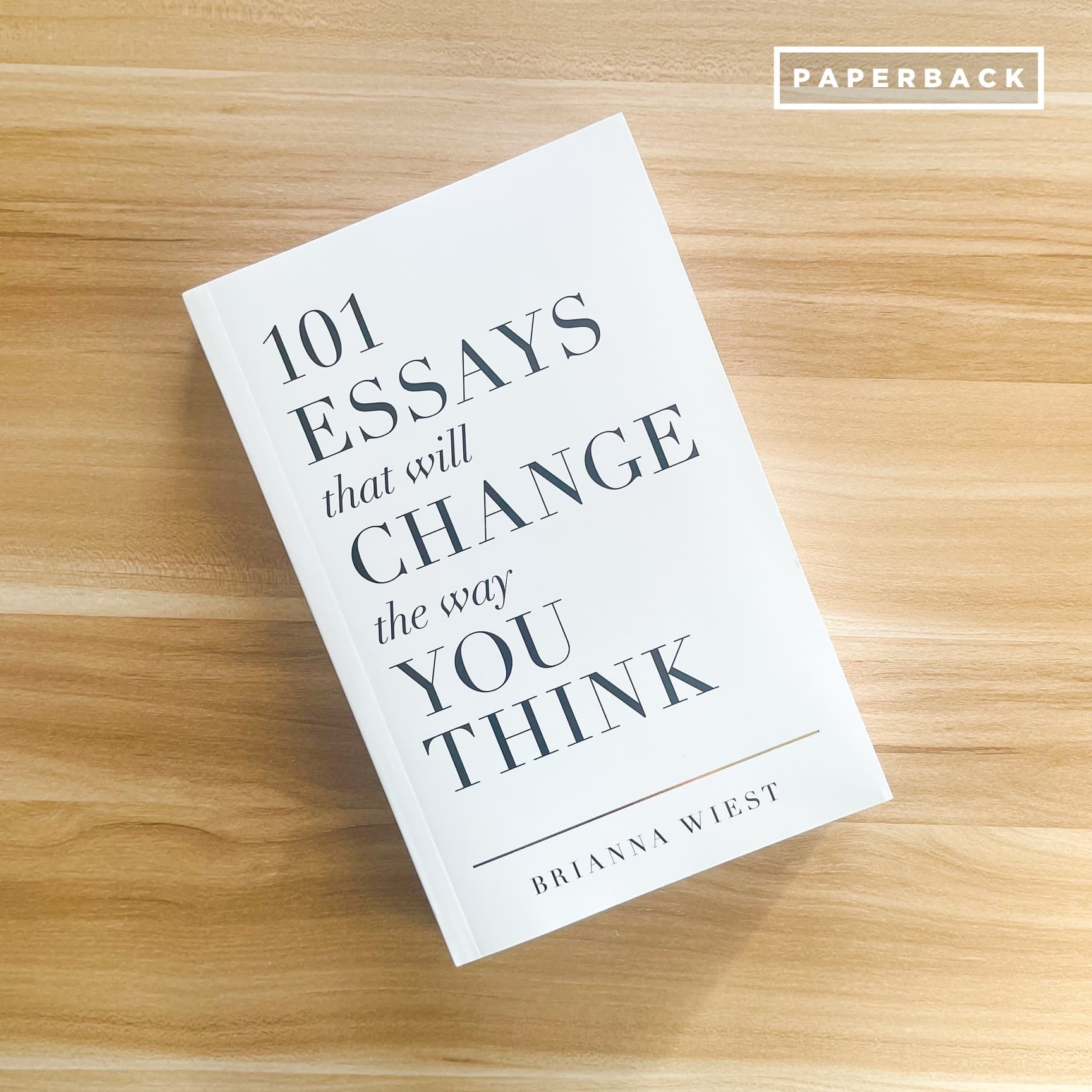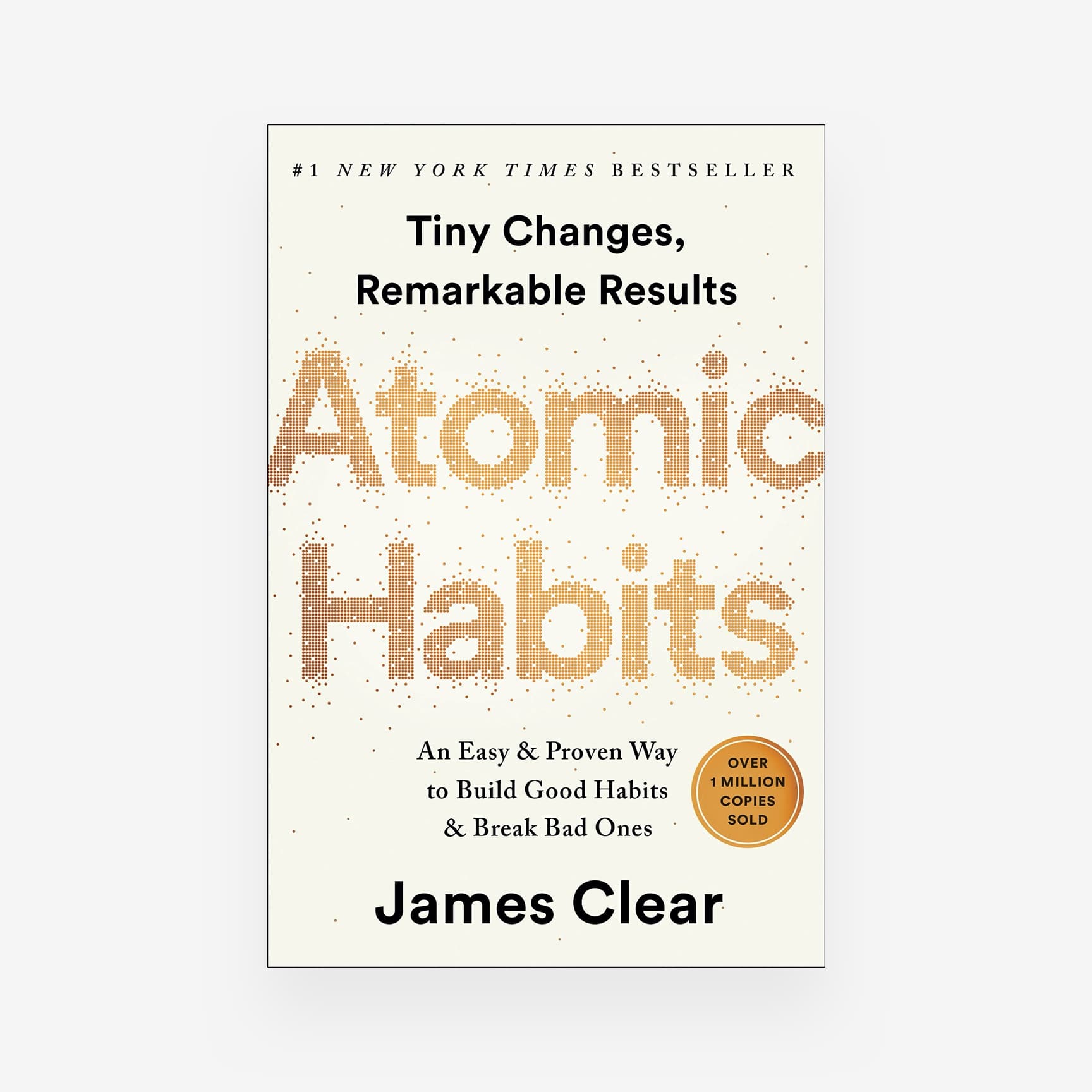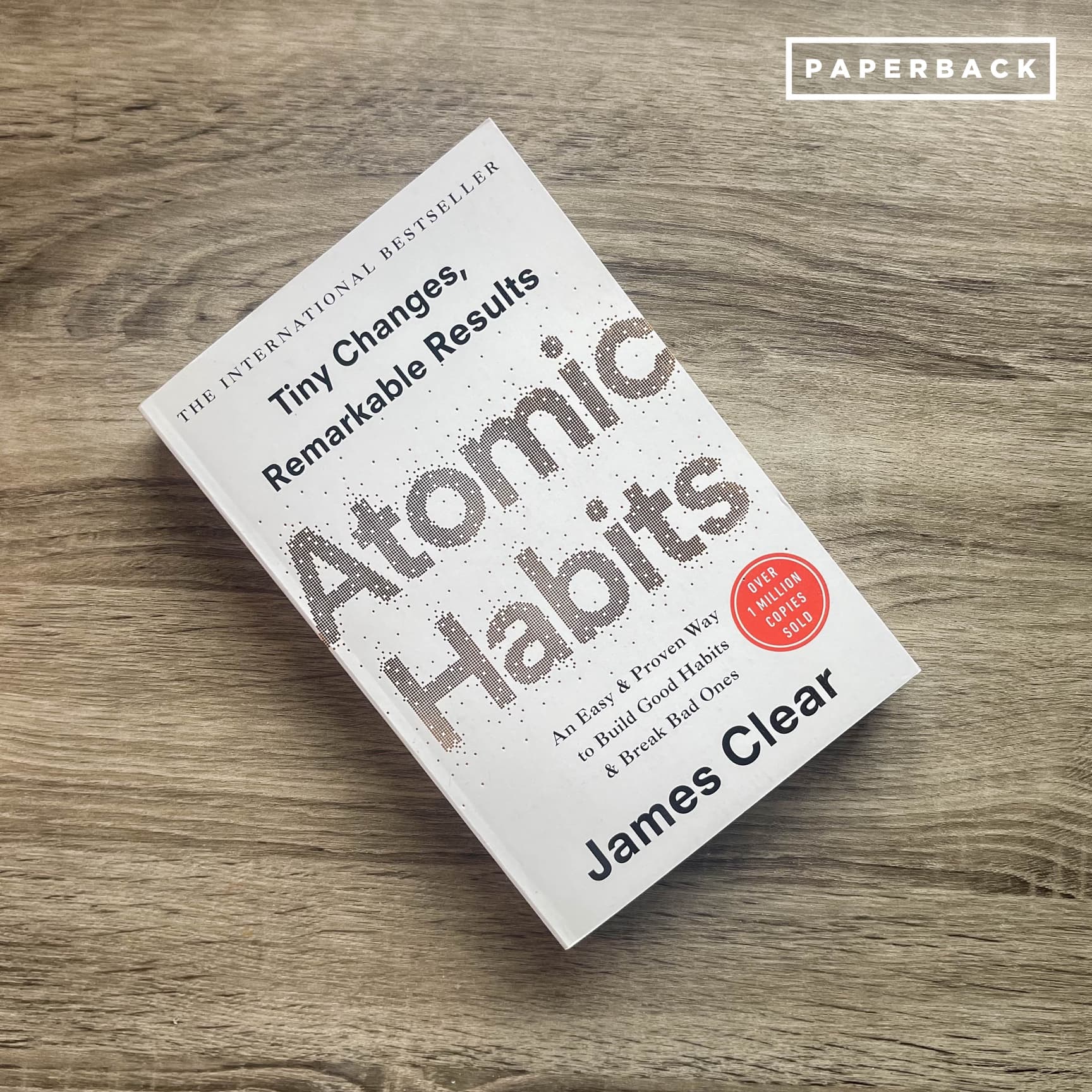Let’s be real—stress is an inevitable part of life. Whether it’s deadlines at work, unexpected bills, relationship issues, or even just the noise of everyday responsibilities, we all experience stress in different forms. The question isn’t if we’ll get stressed, but how we choose to respond when we do.
I’ve had moments where stress left me frozen—staring at my to-do list, heart pounding, unable to take the next step. But over time (and after a lot of reading, therapy, and trial-and-error), I’ve learned a few strategies that actually help. If you’re feeling overwhelmed, you’re not alone—and more importantly, there are ways to regain control.
Let’s break this down and explore not just how to handle stress, but why these strategies work—backed by science, and shaped by real-life experience.
Understanding What Stress Really Is
Before we dive into solutions, we need to understand the enemy.
Stress is your body’s natural response to a perceived threat—your fight-or-flight system kicking in. It’s not always bad. In small doses, stress can help you stay alert and focused. But chronic stress? That’s where problems begin.
According to the American Psychological Association, chronic stress has been linked to health issues like heart disease, high blood pressure, diabetes, and even mental health disorders like anxiety and depression. And globally, the World Health Organization identified stress as the health epidemic of the 21st century.
So how do we protect ourselves? Here’s what’s worked for me—and what research supports.
1. Breathe First, Act Later
When I’m overwhelmed, my first instinct is to push through. But one of the most powerful tools I’ve learned is pause and breathe.
Deep breathing (also known as diaphragmatic breathing) is proven to calm the nervous system. A 2017 study published in Frontiers in Psychology found that deep breathing reduced cortisol levels (the stress hormone) and improved mood.
Try this: Inhale deeply for 4 seconds, hold for 4, exhale slowly for 6–8 seconds. Do this for just 2–3 minutes, and you’ll feel a shift.
This isn’t just mindfulness fluff—it’s biology. Slow breathing signals safety to your brain, calming the amygdala (the part that detects threats) and activating your parasympathetic nervous system (the “rest and digest” mode).
2. Move Your Body (Even Just a Little)
You don’t need to run a marathon. Just move.
Physical activity—whether it’s a 10-minute walk, stretching, dancing, or a full workout—reduces stress hormones like adrenaline and cortisol. It also boosts endorphins, the body’s natural mood lifters.
According to the Harvard Medical School, regular exercise helps regulate mood and sleep, improves self-confidence, and lowers symptoms of mild depression and anxiety.
When I feel stuck in my head, a quick walk around the block does more for me than an hour of spiraling. Moving changes your state—and often, your perspective.
3. Break Tasks into Bite-Sized Pieces
Stress loves vagueness. When your problems feel like a tangled web, it’s hard to know where to start.
One of the most helpful things I’ve done is learn to chunk down tasks. Instead of thinking, “I have to finish this project,” I tell myself, “I’ll work on the outline for 15 minutes.”
The Zeigarnik Effect—a psychological phenomenon—suggests that our brains tend to remember incomplete tasks more than completed ones. But once we start something, even just a tiny part, we create a sense of mental closure that reduces tension.
Set a timer, take one small step. Progress—not perfection—is the goal.
4. Write It Out
When my mind feels like a chaotic storm, writing helps me find clarity.
Journaling has been shown to reduce stress, improve mood, and even boost the immune system. One famous study by psychologist Dr. James Pennebaker found that writing about emotional experiences for 15–20 minutes a day over 4 days resulted in significant improvements in mental and physical health.
You don’t need a fancy journal. Just open a notebook or app and write: “I’m stressed because…” and let it all pour out. Often, once it’s on the page, it feels more manageable.
5. Protect Your Energy (Set Boundaries)
One of the most difficult (but important) lessons I’ve learned is that you can’t pour from an empty cup. Saying yes to everything and everyone may seem noble—but it’s a fast-track to burnout.
Stress often comes from overcommitting, people-pleasing, or not honoring our own limits. It’s okay to say no. It’s okay to delegate. It’s okay to cancel plans when your mental health needs attention.
Start small. Maybe that means not replying to work emails past 7 PM, or not taking calls during your lunch break. Your well-being isn’t a luxury—it’s a responsibility.
6. Talk to Someone (Seriously, Don’t Keep It In)
You don’t have to face everything alone.
Talking to a friend, mentor, or therapist can help release the emotional weight of stress. According to a study published in Psychological Science, simply labeling what you’re feeling (like saying, “I’m anxious”) can decrease activity in the amygdala, reducing emotional intensity.
Sometimes, just hearing someone say “I get it” is enough to remind you that you’re not crazy or weak—you’re human.
And if your stress feels unmanageable or persistent, therapy is a powerful tool. Seeking help isn’t weakness; it’s wisdom.
7. Sleep: The Most Underrated Tool
When I’m stressed, sleep is usually the first thing to suffer—and the thing I need the most.
According to the CDC, adults need at least 7–9 hours of quality sleep. Lack of sleep amplifies the body’s stress response, impairs memory, lowers emotional resilience, and weakens the immune system.
Create a wind-down routine. Avoid screens before bed. Try calming music, herbal tea, or reading. Protect your rest like your life depends on it—because in many ways, it does.
8. Shift Your Inner Dialogue
Finally—and perhaps most powerfully—pay attention to how you speak to yourself.
Stress can be magnified by thoughts like “I can’t do this,” “I’m such a mess,” or “I’ll never catch up.” That inner critic? It’s lying.
Cognitive-behavioral therapy (CBT) shows that reframing negative thoughts into balanced ones can dramatically reduce stress and anxiety. Instead of “I’m failing,” try “I’m doing the best I can with what I have today.”
Talk to yourself like you’d talk to a friend. You deserve that kindness, too.
A Gentle Reminder
You don’t need to master all of this overnight. Start with one habit. One breath. One boundary.
Handling stress isn’t about eliminating every trigger—it’s about building inner strength and healthy tools to navigate life’s ups and downs. You are more capable than you think, and you are not alone.
Stress will come and go. But your response? That’s in your hands. And that’s where your power lies.
Quick Tips Recap:
-
🧘♂️ Breathe deeply and slowly to calm your nervous system
-
🚶♀️ Move your body daily—even a 10-minute walk helps
-
🧩 Break big tasks into tiny steps
-
📝 Journal to clear mental clutter
-
🚫 Set boundaries and learn to say no
-
🗣 Talk to someone—don’t isolate
-
😴 Prioritize sleep
-
💬 Challenge negative self-talk
Your Next Step Forward
Handling stress isn’t about being unshakeable—it’s about learning how to bend without breaking. With the right tools, mindset, and support, you can handle more than you think. Just take it one step at a time.
Because healing doesn’t happen in a rush. It happens in moments—one breath, one choice, one pause at a time.




